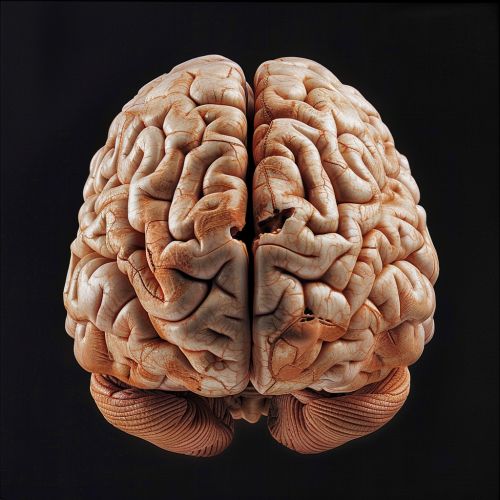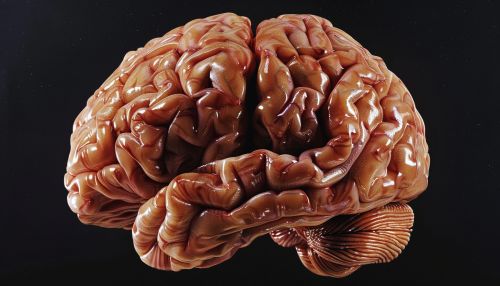Brain lateralization and handedness
Introduction
Brain lateralization and handedness are two interconnected aspects of human neurobiology that have been the subject of extensive research. Brain lateralization refers to the division of cognitive functions across the two hemispheres of the brain, while handedness refers to the preference for using one hand over the other for tasks such as writing and eating. These two phenomena are closely linked, as the lateralization of the brain is thought to influence handedness, and vice versa.


Brain Lateralization
The human brain is divided into two hemispheres, the left and the right, each of which is responsible for different cognitive functions. This division of labor, known as lateralization, allows the brain to perform complex tasks more efficiently. The left hemisphere, for example, is typically associated with language processing, logical reasoning, and analytical thinking, while the right hemisphere is more involved in spatial awareness, creativity, and intuitive thinking. However, it's important to note that this is a generalization and individual differences exist.
Neurological Basis of Lateralization
Lateralization is thought to be a result of the differential development of the two hemispheres during gestation and early childhood. The process is influenced by a variety of factors, including genetics, hormones, and environmental influences. The corpus callosum, a bundle of nerve fibers that connects the two hemispheres, plays a crucial role in this process by facilitating communication between the two sides of the brain.
Effects of Lateralization
The effects of brain lateralization are wide-ranging and can influence everything from cognitive abilities to personality traits. For example, individuals with a more dominant left hemisphere may be more analytical and detail-oriented, while those with a more dominant right hemisphere may be more creative and intuitive. However, these are general trends and individual differences are common.
Handedness
Handedness refers to the preference for using one hand over the other for tasks such as writing, eating, and throwing. The majority of people are right-handed, while a smaller percentage are left-handed or ambidextrous. The exact causes of handedness are not fully understood, but it is thought to be influenced by a combination of genetic, environmental, and neurological factors.
Neurological Basis of Handedness
The neurological basis of handedness is closely linked to brain lateralization. The left hemisphere of the brain, which controls the right side of the body, is typically dominant in right-handed individuals, while the right hemisphere, which controls the left side of the body, is typically dominant in left-handed individuals. However, this is not always the case, and exceptions are common.
Effects of Handedness
Handedness can have a variety of effects on an individual's cognitive abilities, physical health, and even social experiences. For example, left-handed individuals may be more likely to excel in creative and artistic pursuits, while right-handed individuals may be more likely to excel in analytical and logical tasks. However, these are general trends and individual differences are common.
Interplay Between Brain Lateralization and Handedness
The relationship between brain lateralization and handedness is complex and not fully understood. While there is a clear correlation between the two, the exact nature of this relationship is still a subject of ongoing research. Some theories suggest that brain lateralization influences handedness, while others suggest that handedness influences brain lateralization. It's likely that the truth lies somewhere in between, with both factors influencing each other in a complex interplay.
Conclusion
In conclusion, brain lateralization and handedness are two interconnected aspects of human neurobiology that have a wide range of effects on cognitive abilities, personality traits, and even physical health. While much is known about these phenomena, there is still much to learn, and ongoing research continues to shed light on these fascinating aspects of the human brain.
